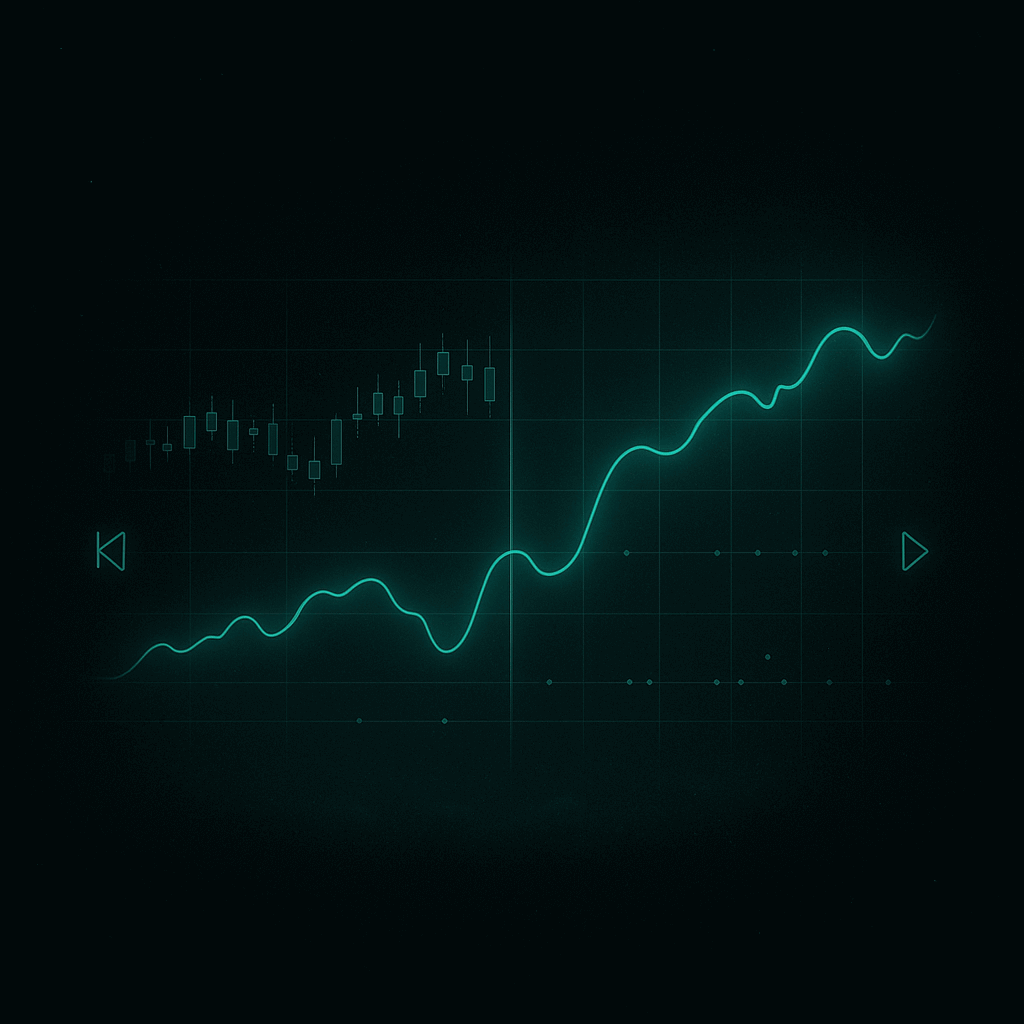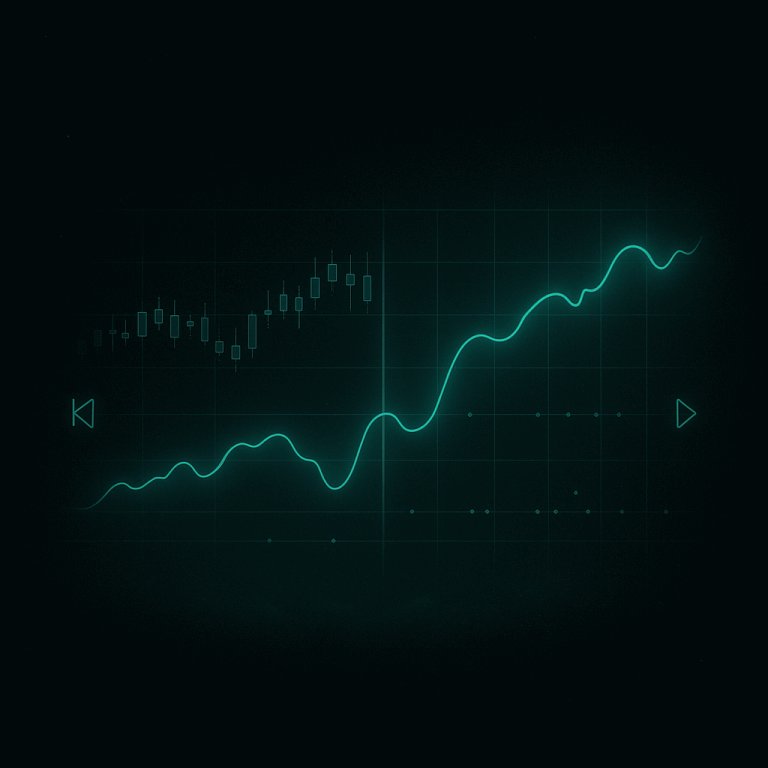Running a backtest gives you numbers – but what do they really mean? To evaluate a trading strategy, traders use key performance metrics. The most important are Sharpe ratio, maximum drawdown, and profit factor. Each shows a different side of system performance and helps decide if a strategy is worth trading.
Sharpe Ratio
The Sharpe ratio measures the risk-adjusted return. It tells you how much profit a strategy makes for every unit of risk taken.
- Formula: (Average Return – Risk-Free Rate) / Standard Deviation of Returns
- Example: A Sharpe ratio of 2 means the strategy delivers 2 units of return for each unit of volatility.
How to use it:
- Sharpe < 1: Weak strategy, unstable.
- Sharpe 1-2: Acceptable for many traders.
- Sharpe > 2: Strong and reliable.
Maximum Drawdown
Drawdown is the largest drop from a peak in equity to the following low. It shows the worst-case loss a trader could face before recovery.
- Example: A $10,000 account drops to $7,500 before returning to profit. Drawdown = 25%.
Why it matters:
- High returns with massive drawdowns are not sustainable.
- Many traders quit after 20-30% drawdown, even if the system recovers later.
Rule of thumb: Keep drawdown below 20-25% for long-term survival.
Profit Factor
Profit factor measures the ratio of gross profits to gross losses.
- Formula: Gross Profit / Gross Loss
- Example: If a strategy earns $20,000 and loses $10,000, profit factor = 2.0.
How to use it:
- PF < 1: Unprofitable strategy.
- PF 1.1-1.5: Weak edge, may fail under real conditions.
- PF > 1.5: Strong system worth considering.
- PF > 2: Excellent system.
Why These Metrics Work Together
- A strategy may have a high Sharpe ratio but low profit factor.
- Another may have good profit factor but dangerous drawdowns.
- Looking at all three gives a complete picture: return, stability, and risk.
Example of Combined Evaluation
- System A: Sharpe 2.1, Drawdown 12%, Profit Factor 1.8 → Solid and robust.
- System B: Sharpe 0.8, Drawdown 45%, Profit Factor 1.2 → Too risky, weak edge.
Conclusion
Backtesting metrics are not just numbers – they are tools to separate good strategies from illusions. Sharpe ratio shows efficiency, drawdown shows survival risk, and profit factor shows edge strength. Together, they guide traders toward strategies that can last in real markets.




